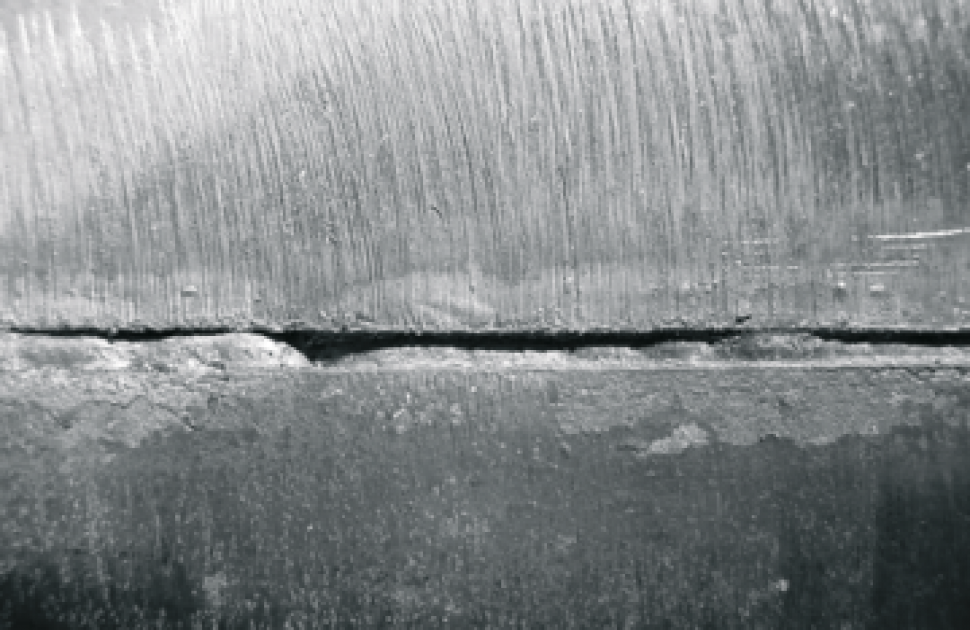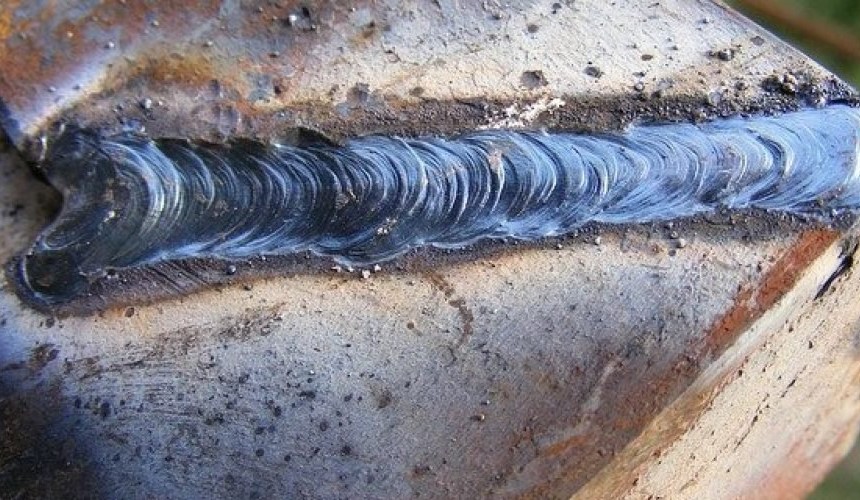Best Overview to Preventing Weld Undercut: Tips and Techniques
Best Overview to Preventing Weld Undercut: Tips and Techniques
Blog Article
Essential Tips for Welders: Protecting Against Undercut Welding and Ensuring Stronger Weld Joints
In the realm of welding, achieving strong and long lasting weld joints is the cornerstone of creating top notch job. One common difficulty that welders often experience is undercut welding, which can endanger the integrity of the weld joint. By understanding the elements that add to undercutting and executing the right techniques and safety measures, welders can efficiently avoid this issue and guarantee the longevity and strength of their welds. Let's discover some vital pointers that can aid welders browse this challenge and elevate the top quality of their welding jobs.

Understanding Undercut Welding
Undercut welding is a typical welding defect that takes place when the weld metal falls short to correctly load the groove and results in a groove-like anxiety along the weld grain. This defect deteriorates the weld joint, making it susceptible to splitting and failing under stress and anxiety. Undercutting can be brought on by numerous elements, consisting of too much welding current, high welding speed, inappropriate electrode angle, wrong electrode size, and bad welding strategy.
Among the main reasons for undercut welding is an inequality in between the welding current and the welding rate. If the welding current is expensive or the welding rate is also fast, the weld metal may not appropriately fill the groove, causing damaging. In addition, using an electrode that is as well big can lead to a similar result, as the excess steel can not effectively flow into the groove.
To avoid undercut welding, welders must ensure they are utilizing the proper welding criteria, keep a suitable electrode angle, choose the suitable electrode size, and technique proper welding techniques. By dealing with these elements, welders can reduce the danger of undercutting and produce more powerful, extra reliable weld joints.
Proper Welding Technique
Effective welding technique plays a crucial role in making sure the top quality and stability of weld joints. Appropriate welding method involves a combination of skill, adherence, and accuracy to finest methods. One fundamental facet of correct welding method is preserving the correct angle and distance between the welding weapon and the work surface. Welders should also pay very close attention to the traveling speed and warmth input to avoid problems like undercutting, porosity, or insufficient combination.
Furthermore, a consistent and consistent hand movement is crucial for creating solid and long lasting weld joints. Welders need to aim for smooth, consistent activities to make certain also distribution of the weld product. Proper adjustment of the welding gun and filler product is also crucial to achieving ideal penetration and combination.
Furthermore, managing the warmth input and selecting the ideal welding parameters based upon the product being welded are important consider accomplishing high-quality welds - Preventing weld undercut. Welders must adhere to the recommended setups given by welding procedure specs and readjust them as required based on the specific demands of the job. By understanding proper welding methods, welders can dramatically enhance the stamina and integrity of their weld joints
Picking the Right Electrode
Maintaining the appropriate angle and range in between the welding weapon and the work surface is basic when considering the significance of selecting the ideal electrode in welding applications. The choice of electrode plays an important function in figuring out the top quality and toughness of the weld joint. Electrodes can be found in numerous kinds, each created for details objectives and products.
First of all, choosing the suitable electrode diameter is important. Thinner electrodes appropriate for welding thin materials, while thicker electrodes are much better for thicker products and greater warm applications. Matching the electrode size to the thickness of the workpiece helps accomplish a well balanced weld.
Second of all, recognizing the product make-up of the electrode is essential. Various electrodes are created for welding details products like steel, stainless steel, aluminum, or cast iron. Using the correct electrode product makes certain great combination and reduces try this website the risk of issues in the weld.
Last but not least, thinking about the welding setting and strategy is critical when picking the electrode type. For example, certain electrodes are much better fit for above or vertical welding placements, while others work well for flat or straight settings. Selecting the ideal electrode based upon the welding method improves the overall weld high quality and integrity.
Preparing the Base Steel
To ensure a successful welding process, what first actions should be taken when preparing the base metal for welding? Furthermore, any kind of existing weld product or residue from previous welding ought to be eliminated to make certain a clean surface for the new weld.

Performing Post-Weld Evaluations

After conducting these assessments, welders have to contrast the outcomes against industry standards and task needs to make sure that the weld joint satisfies all navigate to these guys required criteria. Any insufficiencies or variances discovered throughout the post-weld examination must be quickly dealt with through ideal restorative steps to assure the weld's honesty. By vigilantly performing post-weld examinations and immediately dealing with any concerns, welders can support the quality and reliability of their job, inevitably adding to the safety and security and durability of the bonded structures.
Verdict

In conclusion, protecting against undercut welding and guaranteeing more powerful weld joints require a mix of appropriate welding strategy, selecting the appropriate electrode, preparing the base metal appropriately, and conducting post-weld examinations. By comprehending the reasons for undercut welding and implementing the needed precautions, welders can create high-quality weld joints that satisfy sector standards and make certain the structural stability of the bonded parts.
Undercut welding is a common welding flaw that occurs when the weld metal stops working to properly fill the groove and results in a groove-like anxiety along the weld grain (Preventing weld undercut). Undercutting can be caused by different variables, including excessive welding present, high welding rate, inappropriate electrode angle, incorrect electrode size, and bad welding strategy
One of the major factors for undercut welding is an imbalance between the welding present and the welding rate. If the welding current is also high or the welding rate is too fast, the weld metal may not properly load the groove, leading to damaging.Maintaining the correct angle and distance between the welding gun and the workpiece is essential when thinking about the value of selecting the ideal electrode in welding applications.
Report this page